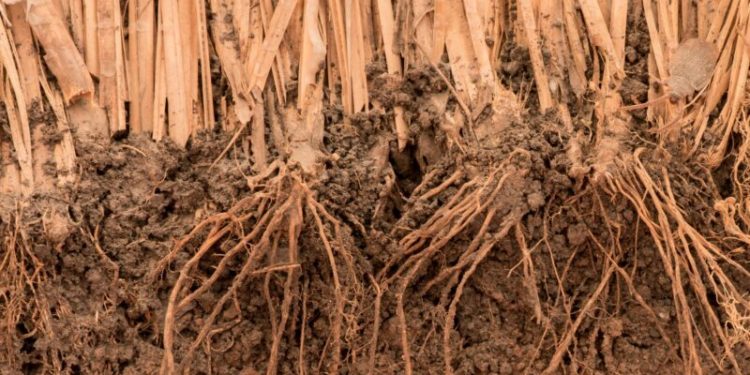While some may think vetiver grass looks like any other wild grass at a first glance, studies have shown that vetiver is a cost-effective and eco-friendly slope stabilisation mechanism which can help mitigate soil erosion, flooding and landslides.
With recent widespread flooding events in Trinidad and Tobago, and the need to strengthen the country’s climate resilience, local non-profit organisations like IAMovement have been working over the past several years to raise awareness for the plant’s benefits and introduce it to areas where there is a need for slope stabilisation.
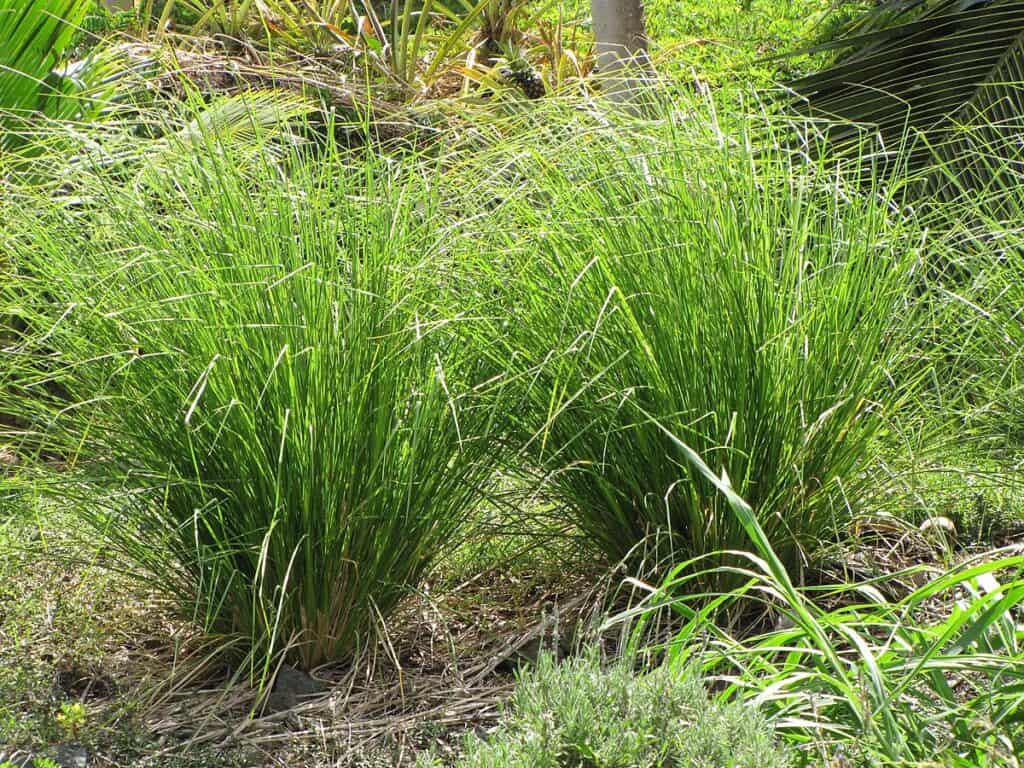
What is vetiver?
Scientifically known as Chrysopogon zizanioides, vetiver is a densely tufted bunch of grass that is found in tropical and subtropical regions.
Vetiver looks like a dense cluster of perennial grass above-ground while its interlocking root system is dense and grows up to depths of ten feet.
The plant’s root system holds the structure of the soil where it is planted, resulting in its slope stabilisation capabilities.
Another factor which adds to the plant’s uniqueness is its resilience to drought and flooding conditions.
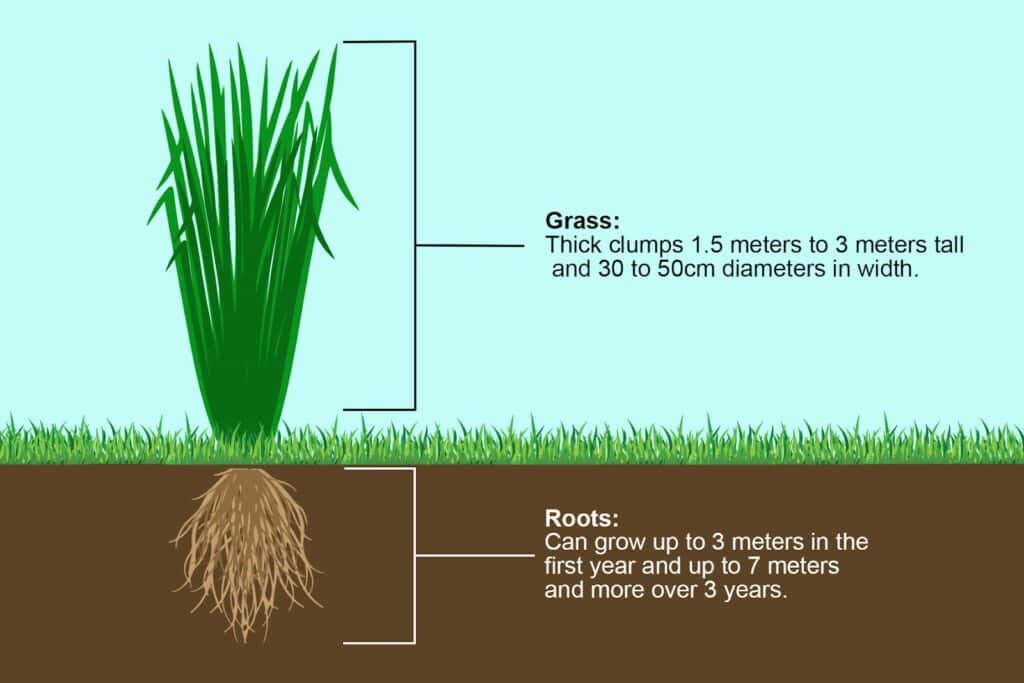
The benefits of vetiver
A 2017 study by the Journal of Geography and Natural Disasters looked at vetiver systems and their efficacy in disaster risk reduction in India’s Kerala State.
Aiming to research if vetiver grass could be used for ecosystem-based disaster risk reduction activities, the study found vetiver played a key role in disaster mitigation and vulnerability reduction.
The study added, “(Vetiver) is a new solution in disaster risk reduction activities because conventional engineering approaches (were) insufficient, especially in a densely populated and tropical country like India.”
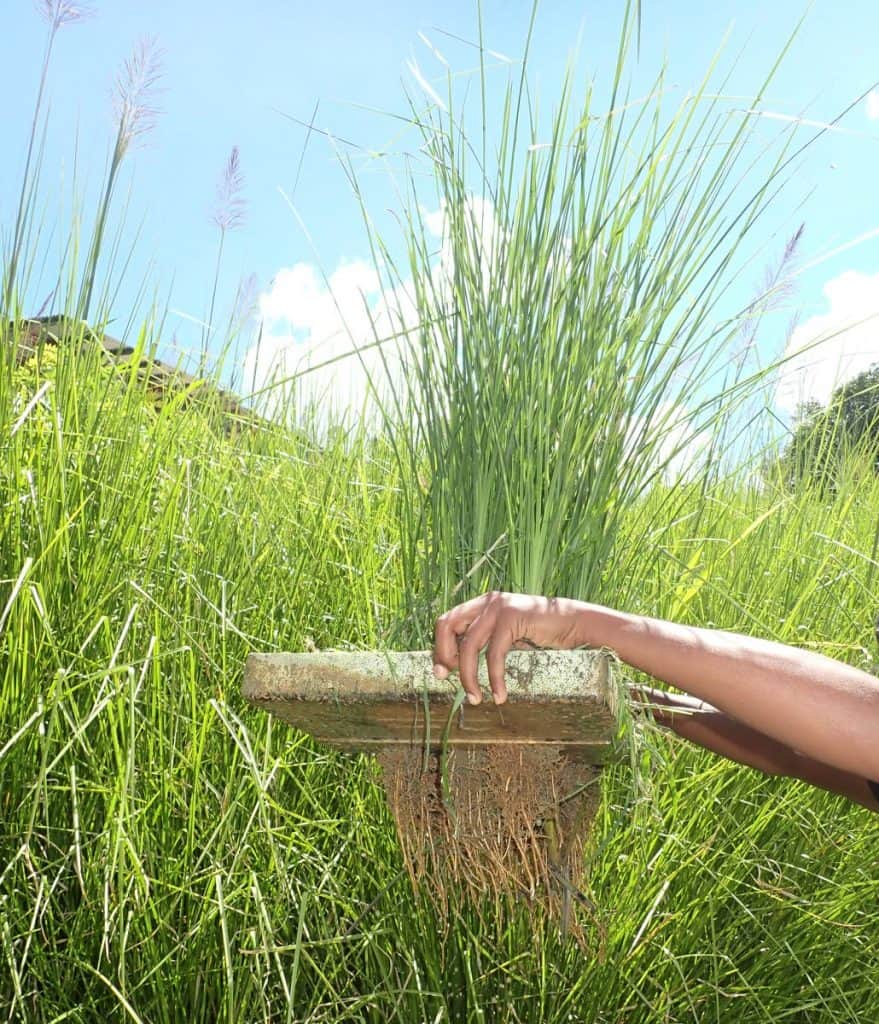
Promoting vetiver use in TT and the Caribbean
Jonathan Barcant told Cari-Bois that wide scale adoption of vetiver projects in TT, and the English-speaking Caribbean, has been a gradual process and hasn’t been easy.
Co-founder and manager of IAMovement, Barcant is also the technical director and chairman of Vetiver TT Ecological (Vetiver) and Engineering Solutions Ltd.
From his experience, Barcant said successfully executing vetiver systems cannot solely rely on companies like his but also requires support from national agencies and funding partners.
He explained, “Unless there is true top-down leadership at the country level, to drive the kind of change that we need to see, it can be quite difficult and slow for those working (on vetiver projects) at the bottom.”

Overtime, Barcant’s projects have been supported by organisations like Eco Strategies Grenada, the Global Environment Fund’s UNDP Small Grants Programme, the Inter-American Institute for Cooperation on Agriculture and the Caribbean Biodiversity Fund.
But Barcant’s work hasn’t been without challenges as he believes there is a generational divide in its use.
He said, “On the other islands there was a good presence of vetiver in some areas.
“But similar to Trinidad and Tobago, the knowledge wasn’t very present amongst our current generations, but more with the older generations.”
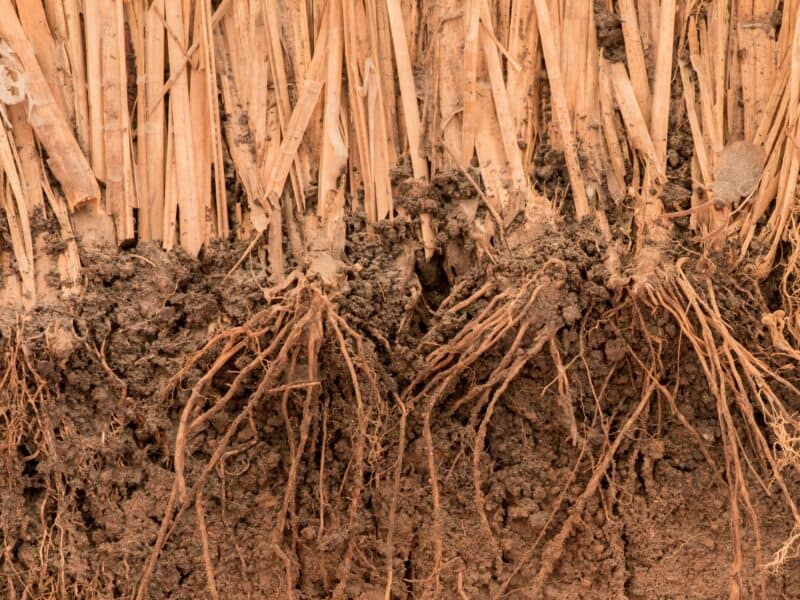
The role of education in promoting vetiver
From 2016 – 2017, Vetiver TT planted over 25,000 vetiver plants in Paramin, Trinidad, in what would become the company’s Vetiver Education & Empowerment Project (VEEP).
Today, the project has been expanded to ten additional communities across TT.
But apart from introducing vetiver systems to the communities that are most in need of it, VEEP also includes educational workshops which include creating vetiver handicrafts.
Explaining education is a crucial tool to mainstreaming vetiver use, Barcant said VEEP aims to have workshops to educate people on the use and benefits of the grass.
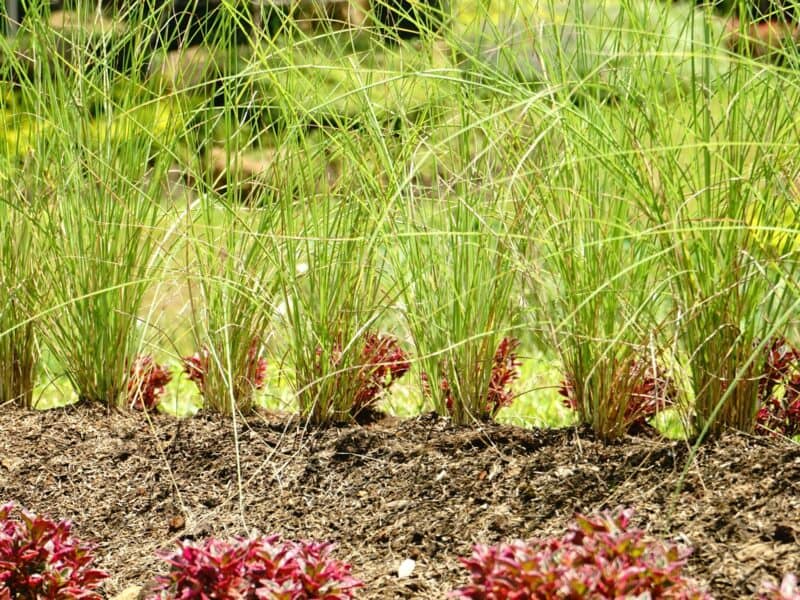
Barcant told Cari-Bois, “Nowadays everyone knows what mangroves do for coastlines and the benefits they bring.
“But one day, everyone should also have knowledge and understanding about vetiver for land.
He added, “Nobody in the tropical world should have to face challenges of land slippage and erosion in their communities and not know that vetiver grass is available to them as a solution.”

Apart from his work, Barcant said it is important for Governments to play their part in mainstreaming vetiver by making greater use of it in infrastructure projects and promoting its use in the agricultural sector.
He said IAMovement’s partnership with TT’s Ministry of Planning, and the Green Fund, for the ME-WE-GREEN: An Education & Empowerment Programme for Climate Change Adaptation campaign is a step in the right direction.
This story was published with the support of The Cropper Foundation and Climate Tracker’s Caribbean Citizen Climate Journalism Fellowship.



